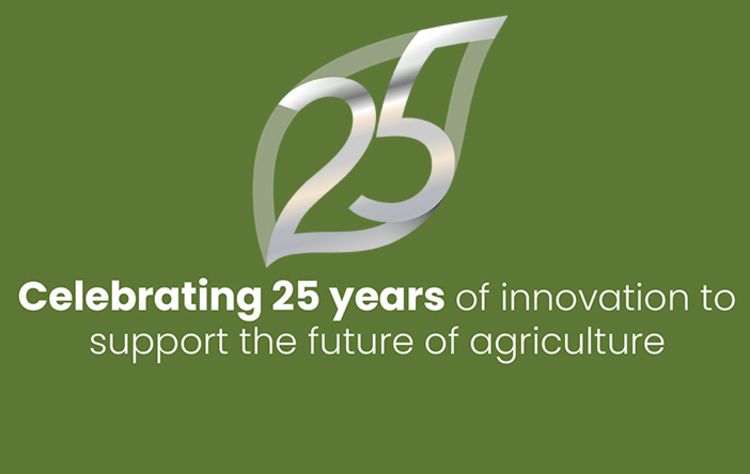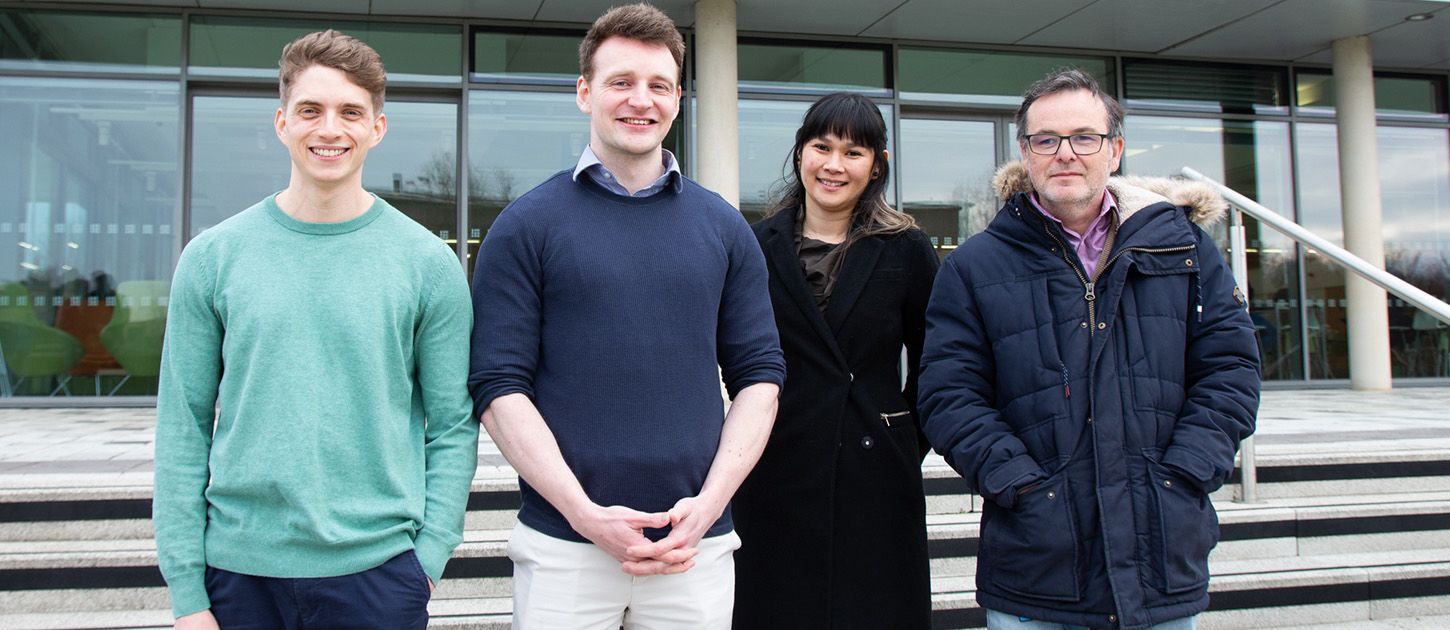Helping plants to help themselves
Nurturing nature with biostimulants, biomarkers and AI
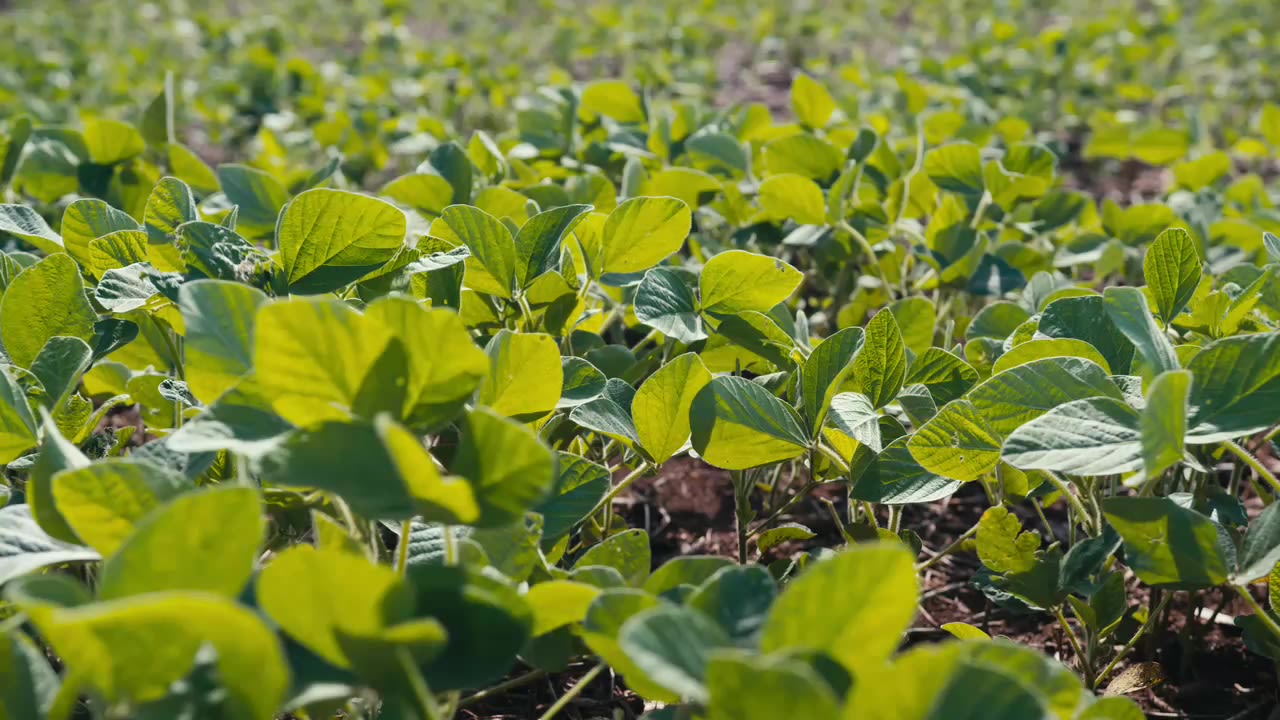
For plants, biostimulants are like a strong cup of coffee first thing in the morning. These tiny helping hands stimulate the natural growth processes that help plants to thrive, energizing them with pep and vigor.
When applied to plants, these substances enhance the natural ability to absorb nutrients, improve overall crop quality and strengthen tolerance to abiotic stress, which can include extreme temperatures, drought or flooding.
But scientists still need detailed information about how biostimulants influence a plant’s metabolism.
Now, a new collaboration between Syngenta and TraitSeq aims to unlock the next level of sustainable agriculture by putting artificial intelligence (AI) to work.
Camilla Corsi, Syngenta’s Head of Crop Protection Research and Development, says: “Technologies such as TraitSeq’s AI-driven platform enable us to revolutionize our research and attain important data-driven insights, so that we can develop the next-generation of sustainable solutions faster, while further strengthening our pipeline of innovative agricultural technologies.”
Camilla Corsi, Head of Crop Protection Research and Development, Syngenta.
Camilla Corsi, Head of Crop Protection Research and Development, Syngenta.
This year, Syngenta is celebrating its 25th anniversary. Check out more of our stories about innovation.
This year, Syngenta is celebrating its 25th anniversary. Check out more of our stories about innovation.
For plants, biostimulants are like a strong cup of coffee first thing in the morning. These tiny helping hands stimulate the natural growth processes that help plants to thrive, energizing them with pep and vigor.
When applied to plants, these substances enhance the natural ability to absorb nutrients, improve overall crop quality and strengthen tolerance to abiotic stress, which can include extreme temperatures, drought or flooding.
But scientists still need detailed information about how biostimulants influence a plant’s metabolism.
Now, a new collaboration between Syngenta and TraitSeq aims to unlock the next level of sustainable agriculture by putting artificial intelligence (AI) to work.
Camilla Corsi, Syngenta’s Head of Crop Protection Research and Development, says: “Technologies such as TraitSeq’s AI-driven platform enable us to revolutionize our research and attain important data-driven insights, so that we can develop the next-generation of sustainable solutions faster, while further strengthening our pipeline of innovative agricultural technologies.”
Camilla Corsi, Head of Crop Protection Research and Development, Syngenta.
Camilla Corsi, Head of Crop Protection Research and Development, Syngenta.
This year, Syngenta is celebrating its 25th anniversary.
This year, Syngenta is celebrating its 25th anniversary.
What’s it all about?
With a market value north of $3 billion, which Future Market Insights predicts will triple by 2033, the biostimulant industry has been around for nearly two decades.
While the science behind it is complicated, for growers the benefits are obvious. By strategically applying biostimulants to crops, they can maximize the chances of healthy, strong yields.
Cecilia Cheval, Scientific Expert in Research Biology at Syngenta, says that it’s crucial to understand the nitty gritty of how biostimulants affect a plant on a molecular level.
“We want to better understand the effect of biostimulant products on crop performance at the molecular level to be able to accurately assess the efficacy of new biostimulant products in the future.”
Syngenta’s scientists are pairing their crop biology and molecular knowledge and data with TraitSeq’s proprietary AI platform to pinpoint and monitor an impossibly small measurement, called a biomarker.
These are highly specific indicators of a plant’s cellular state that, when activated, show how a plant responds to efforts to boost its health or to block the effects of external stress.
Using AI to analyze complex biological data, scientists can visualize the patterns of biomarkers that light up in certain conditions - a telltale sign that biostimulants are having a positive effect.
Furthermore, the AI model means that scientists can discover and monitor those effects in more detail than ever before.
Cheval says: “Using this type of AI machine learning for biostimulant research is new to Syngenta. Eventually, using this technology, we will make more informed decisions on the right approaches to be used to speed up the assessment of biostimulants.
“So, this work is not only about improving biostimulant technology, but also about the capabilities that we can implement in the future for biostimulant research.”
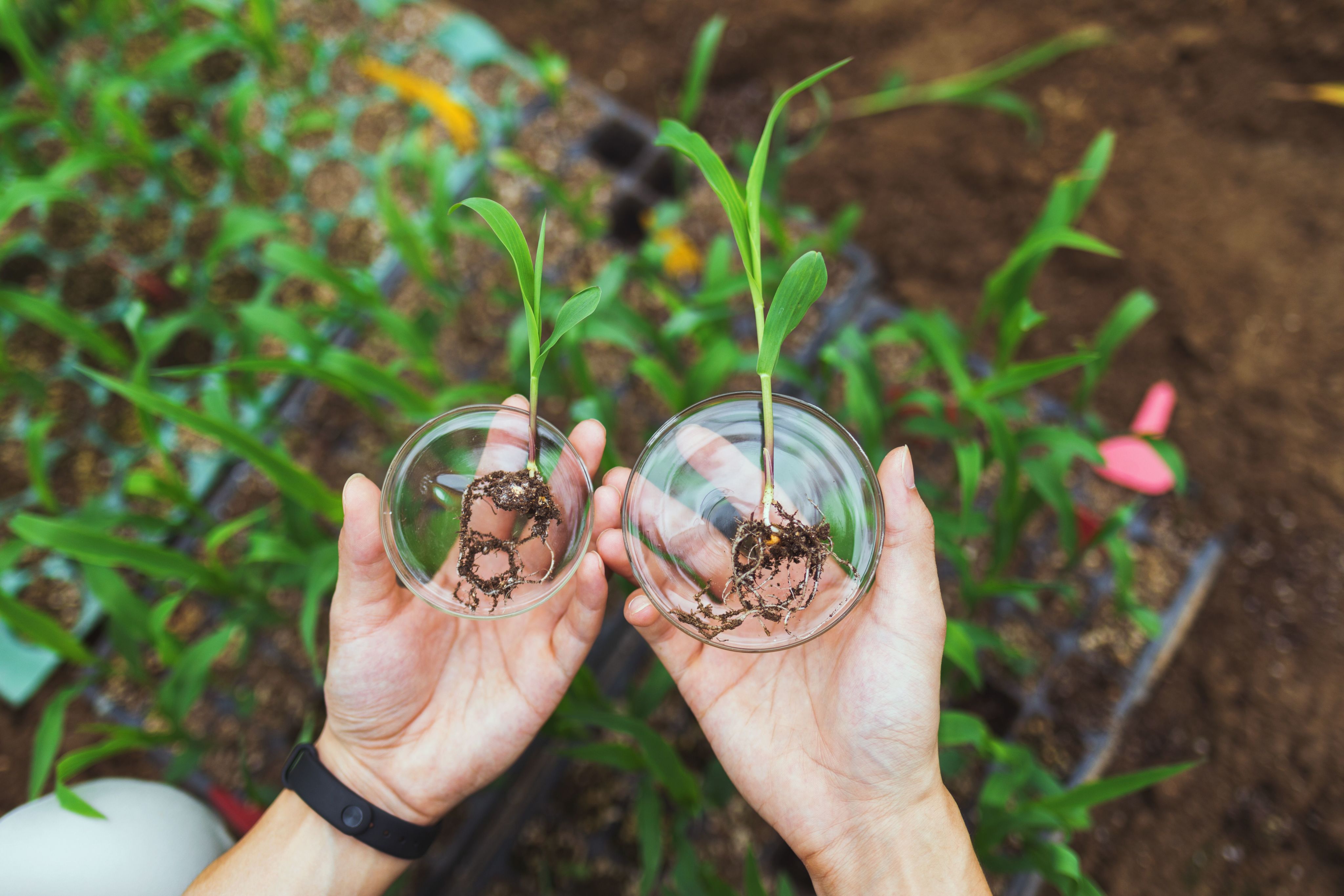
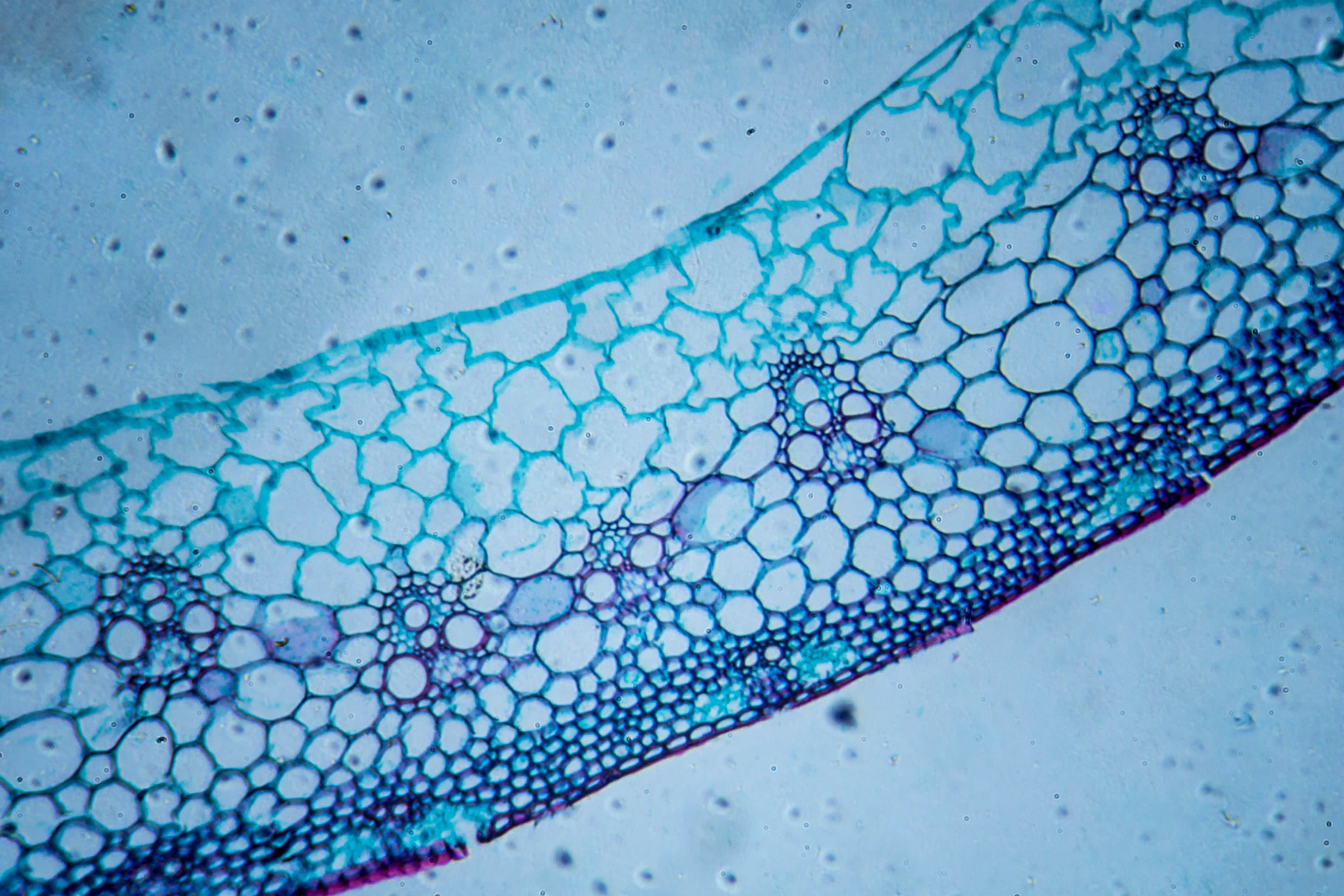
A sustainable first
In essence, biostimulants help plants to help themselves.
By enhancing a plant’s innate ability to utilize essential nutrients, such as nitrogen, in the soil, farmers can practice sustainable growing practices and reduce the number of products added to their fields.
“[Through this collaboration with TraitSeq] we will discover novel biomarkers or pathways that will allow us to better characterize nitrogen use efficiency molecular responses in crops and the effect of biostimulants on those responses.
The overall goal is to help scientists to quickly and effectively measure crop responses to biostimulants, and do so with greater accuracy.
TraitSeq Commercial Director & Co-Founder John Bloomer agrees, saying: “We’re teaming up with Syngenta to use AI to probe the complex interactions between biological active inputs and plants in various environments.
"The result is more predictability so farmers can use the products with greater confidence.”
TraitSeq technical team (left to right): Benedict Coombes, Joshua Colmer, Maricris Zaidem and Anthony Hall.
TraitSeq technical team (left to right): Benedict Coombes, Joshua Colmer, Maricris Zaidem and Anthony Hall.
This year, Syngenta is celebrating its 25th anniversary. We are proud of our continuous innovation and contribution to the food system over the past quarter century. Check out more of our stories about innovation.
This year, Syngenta is celebrating its 25th anniversary. We are proud of our continuous innovation and contribution to the food system over the past quarter century. Check out more of our stories about innovation.


